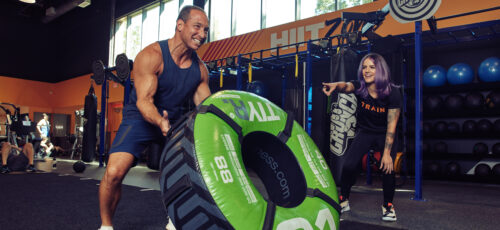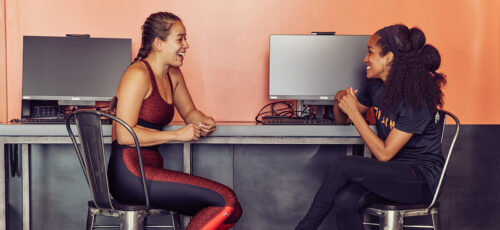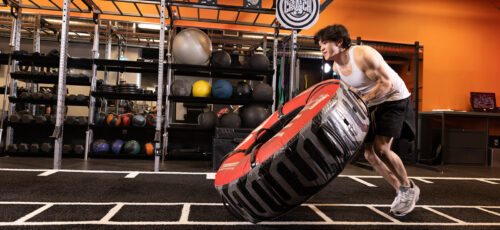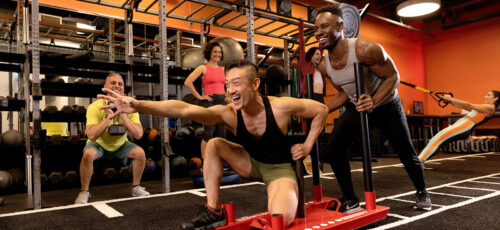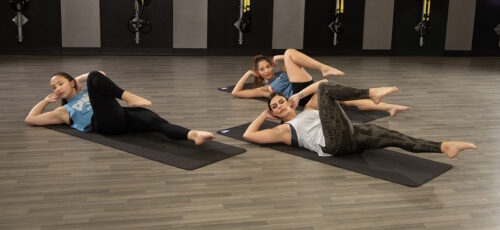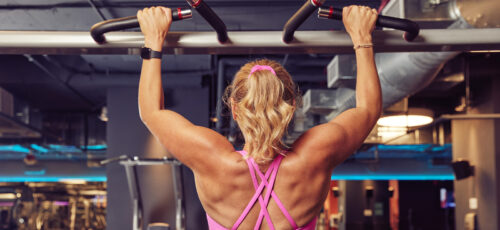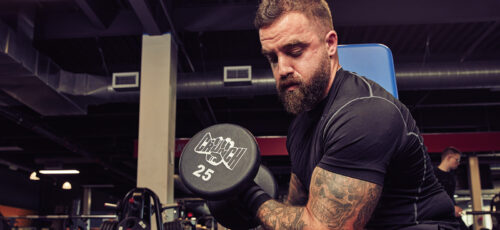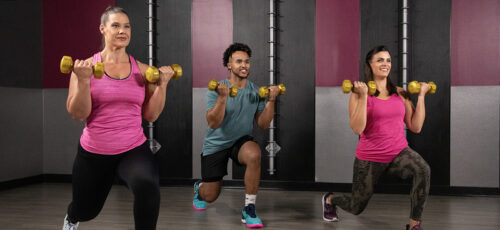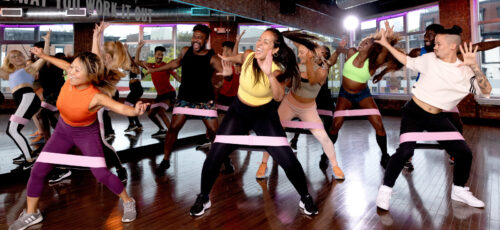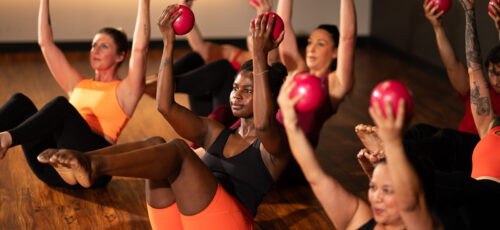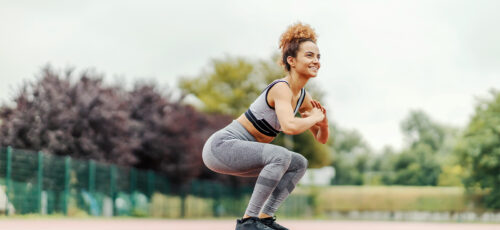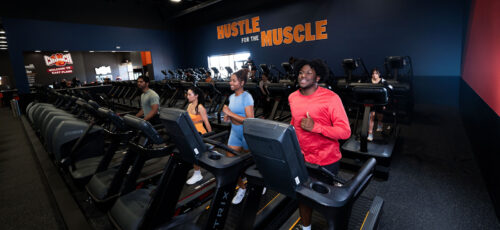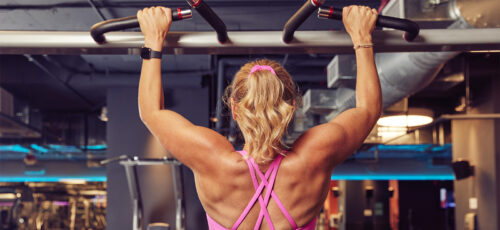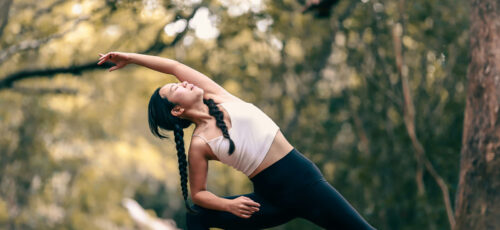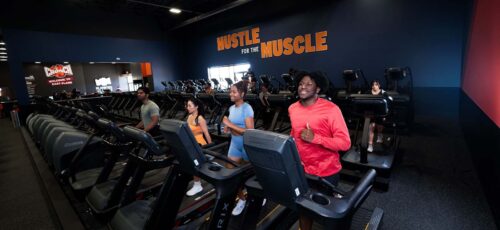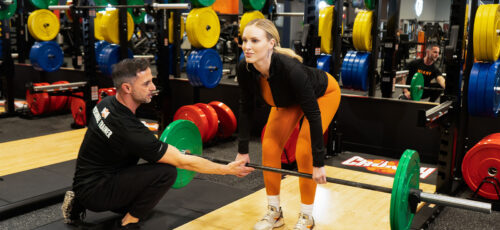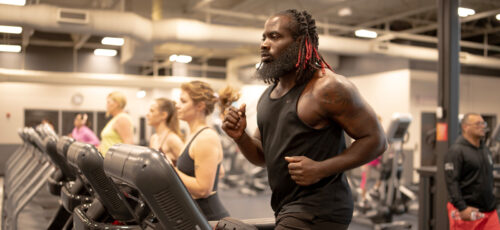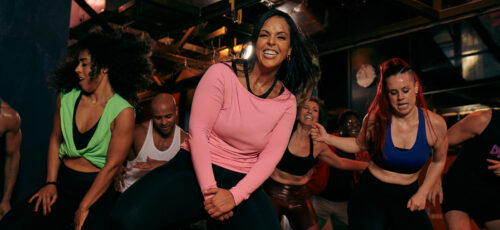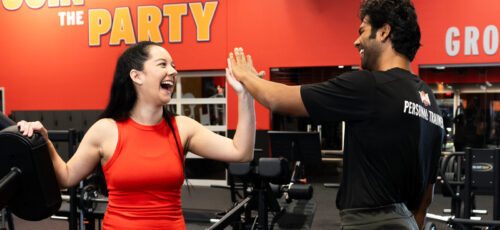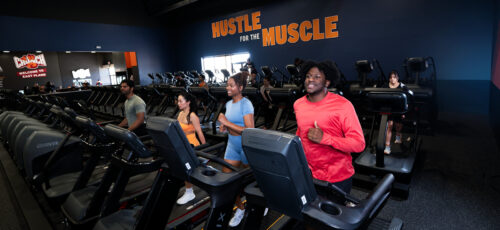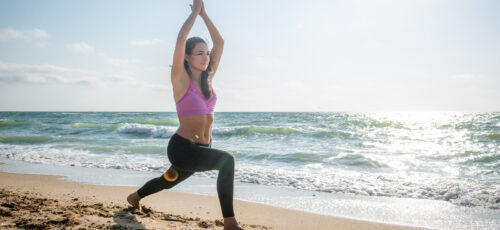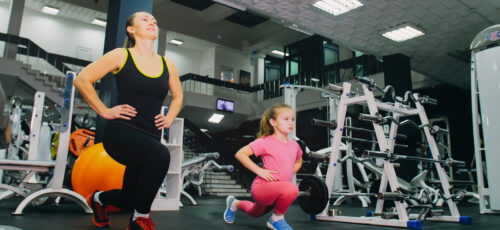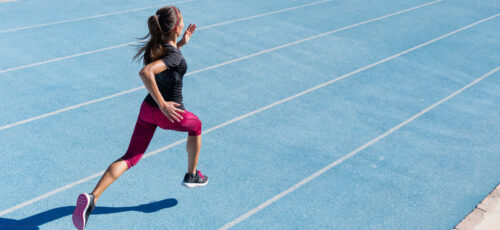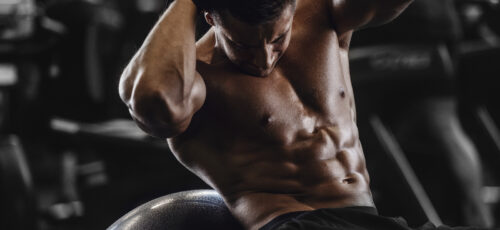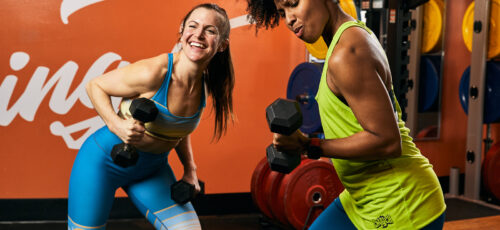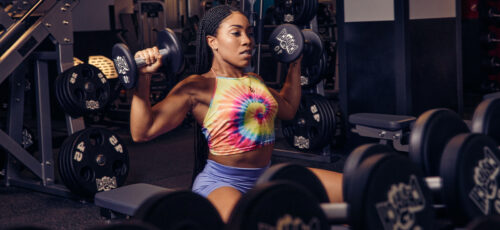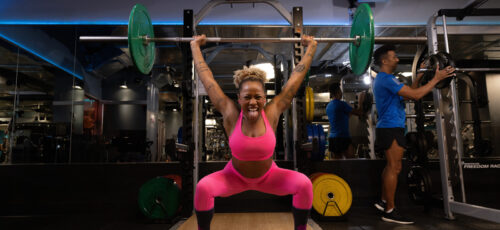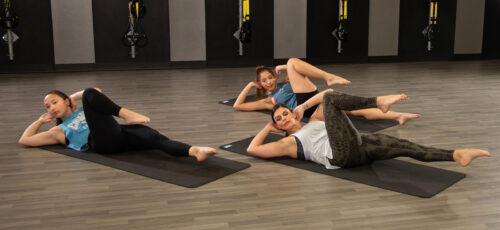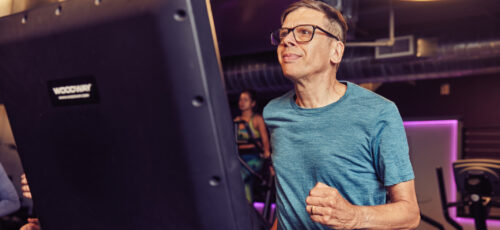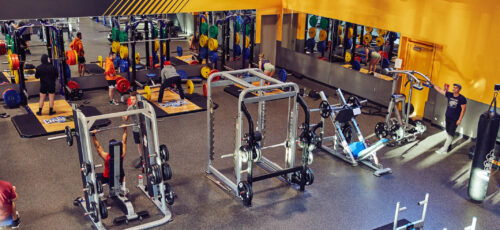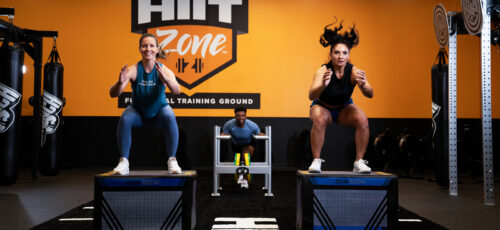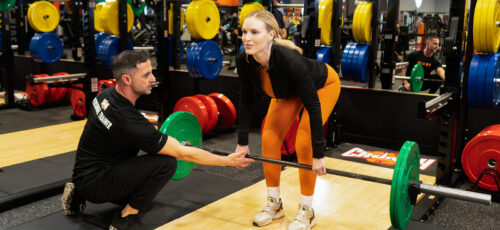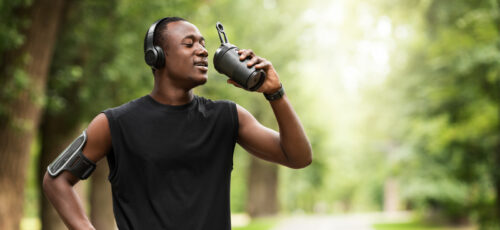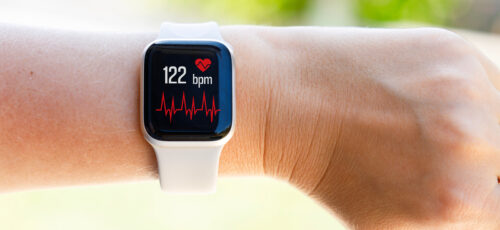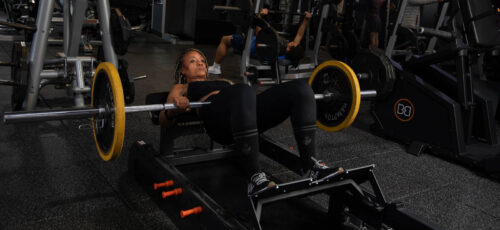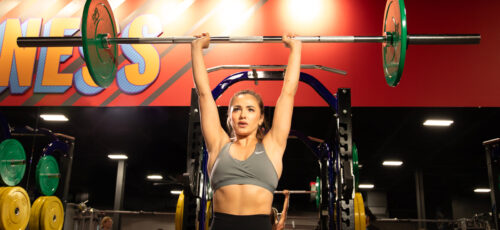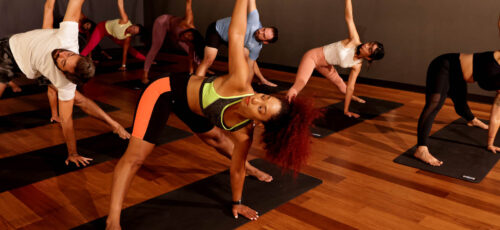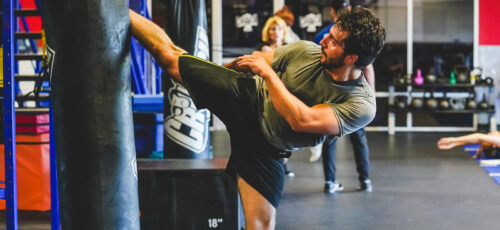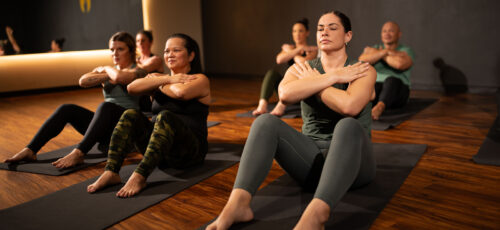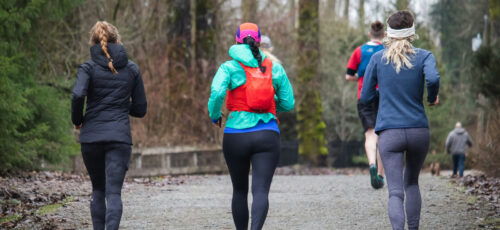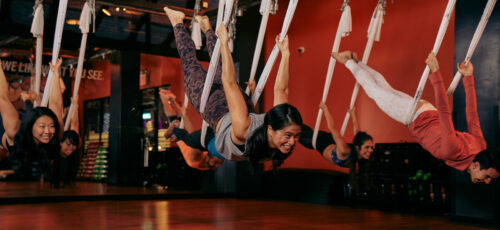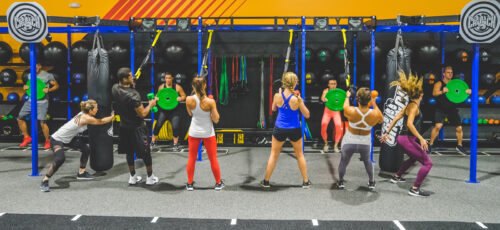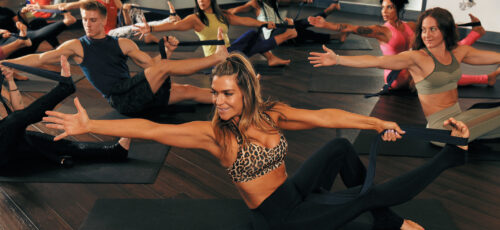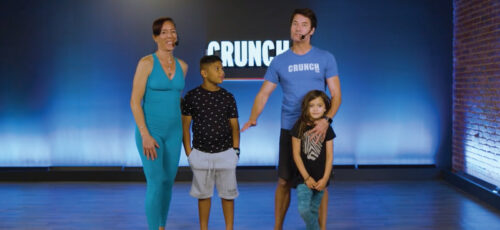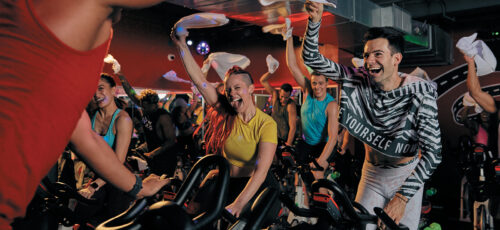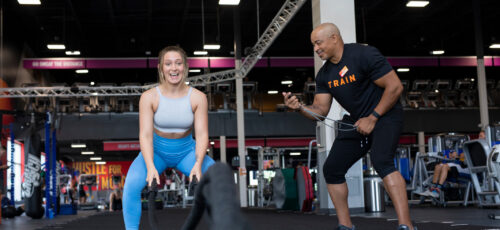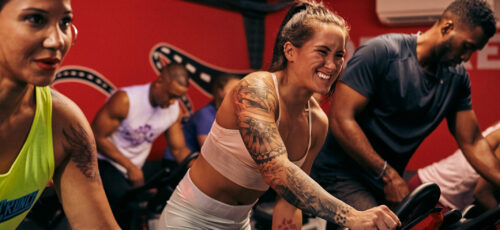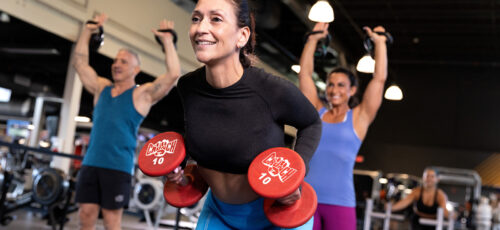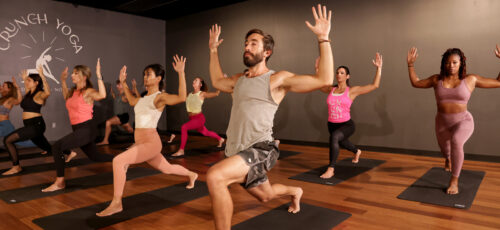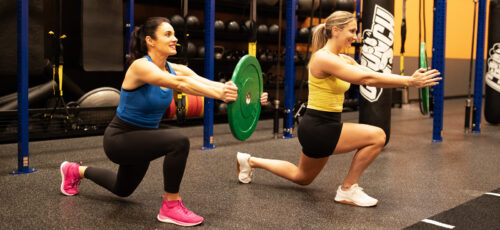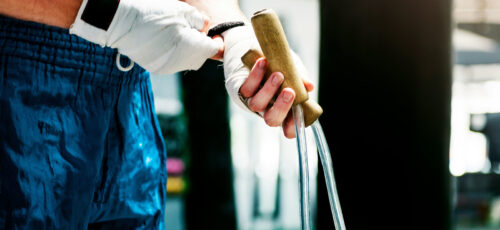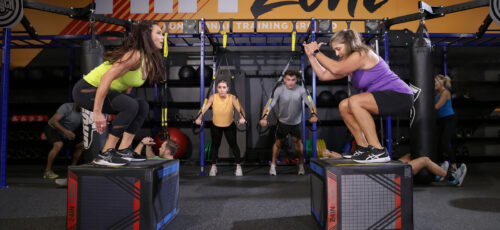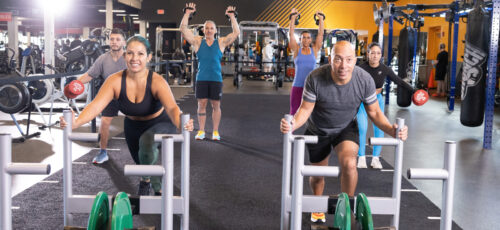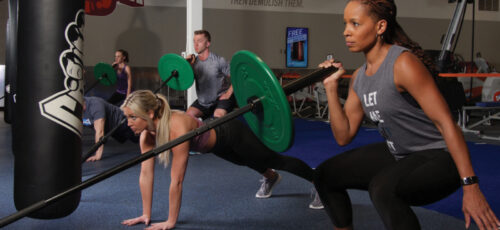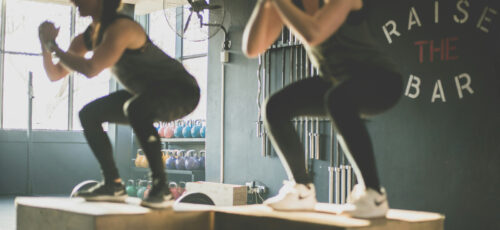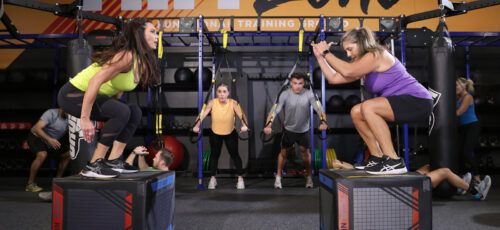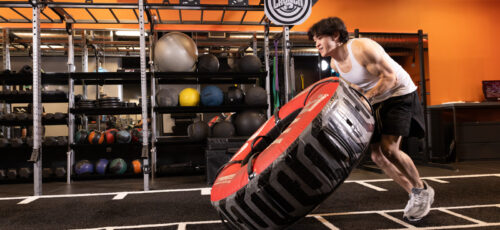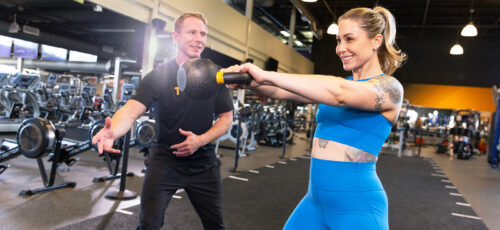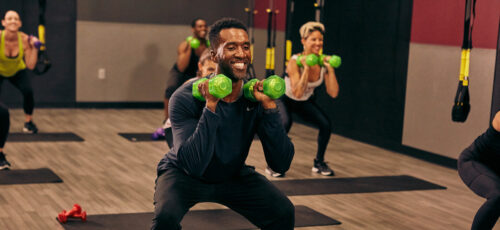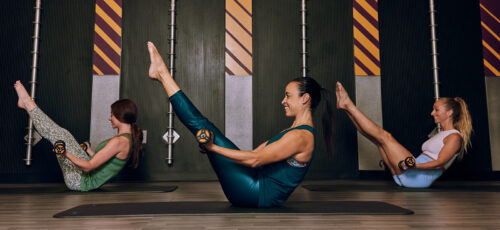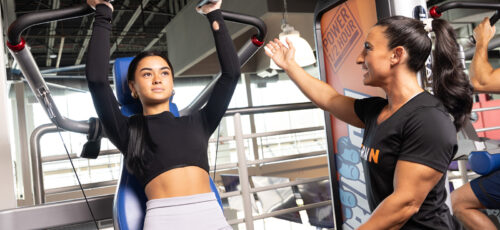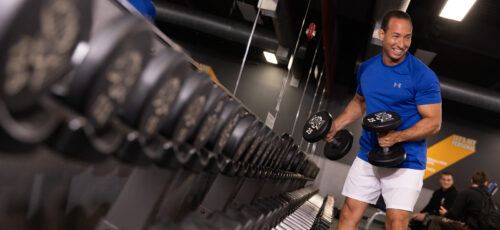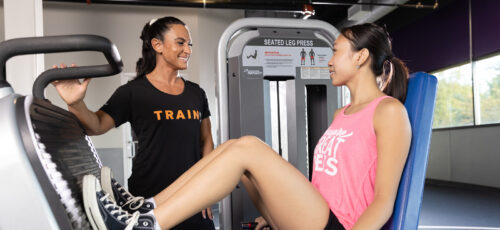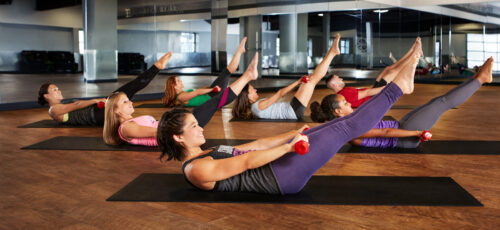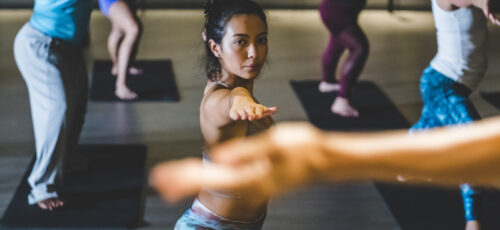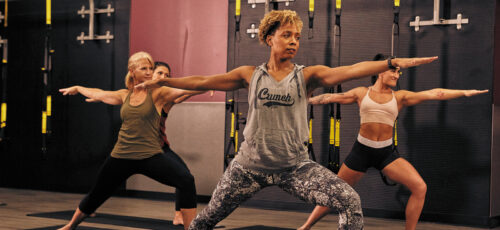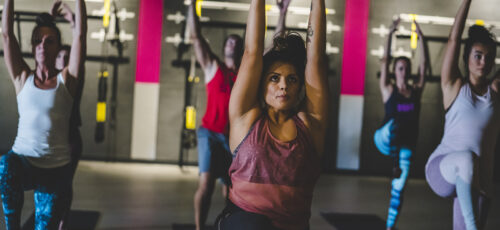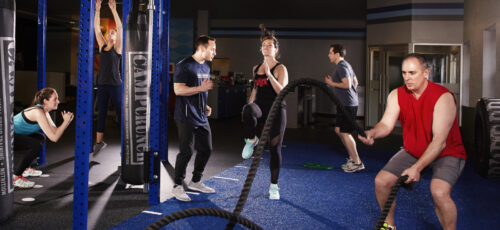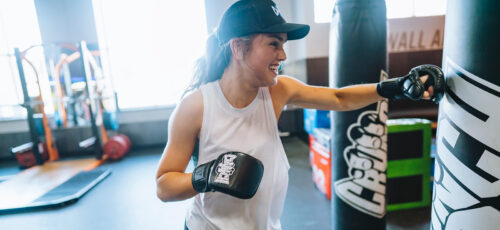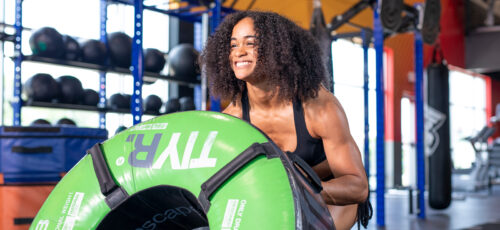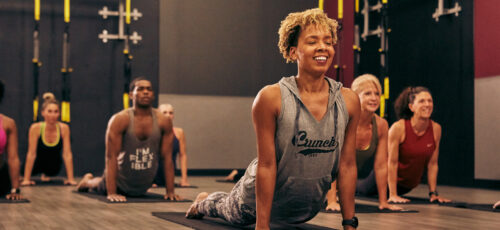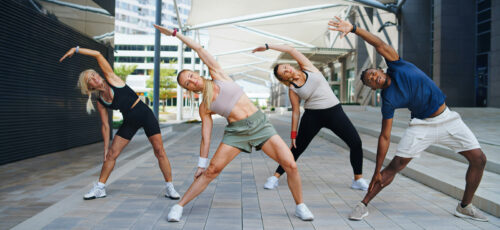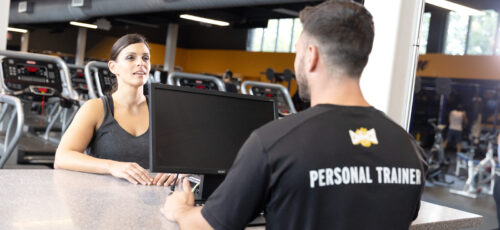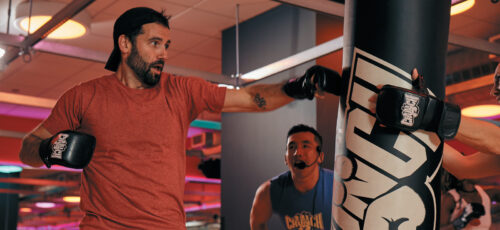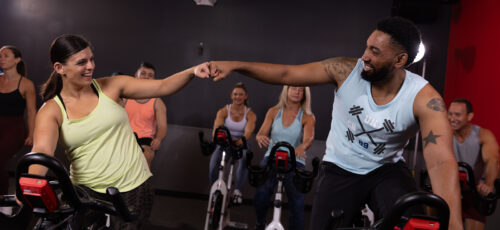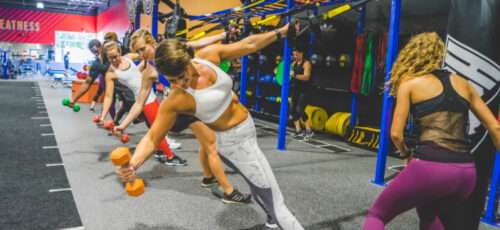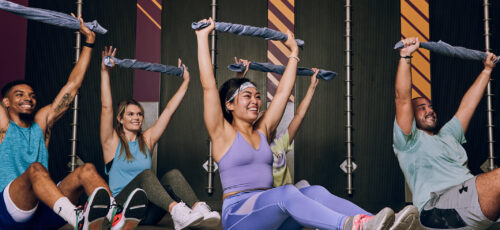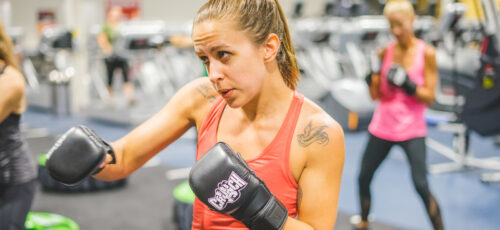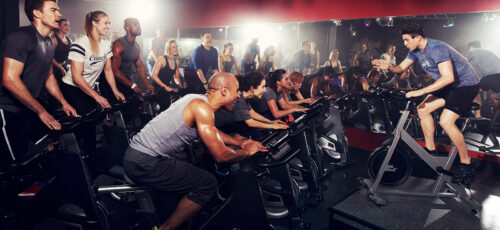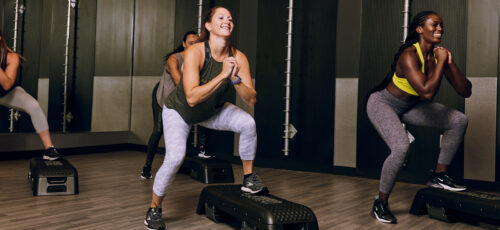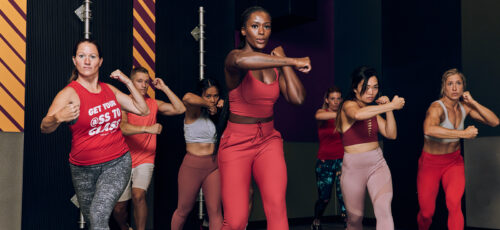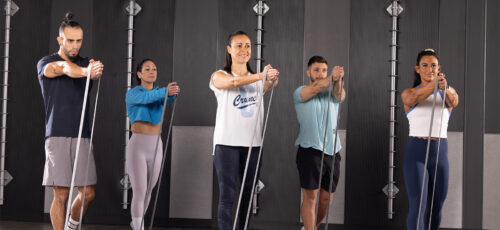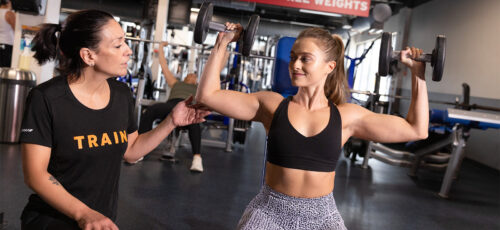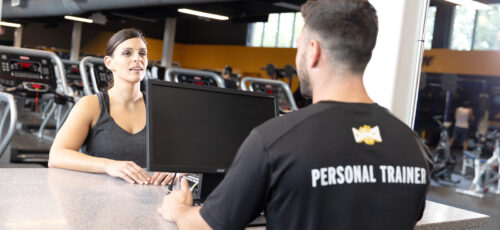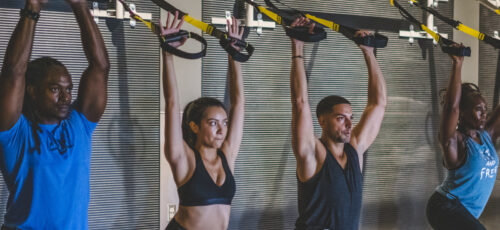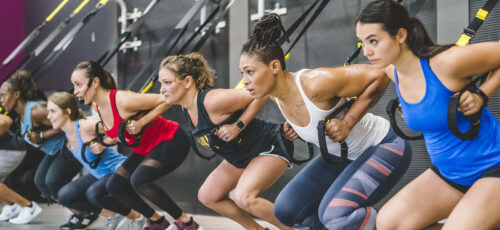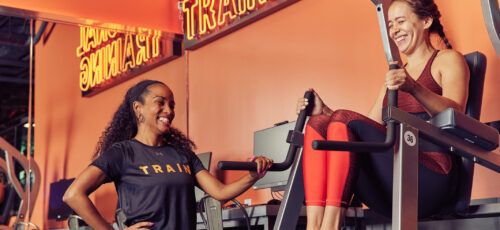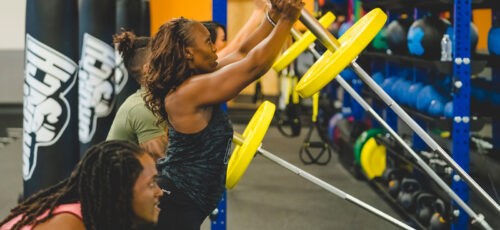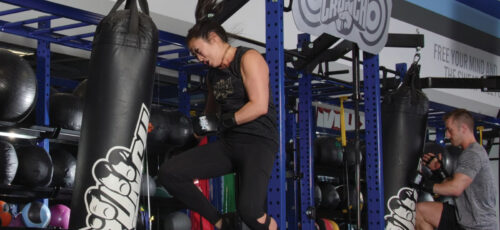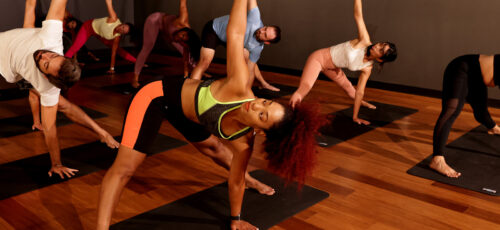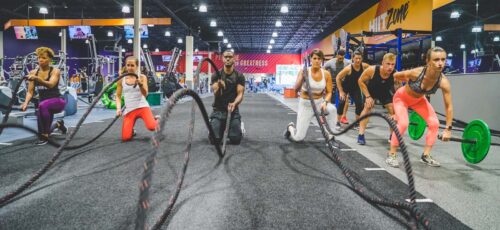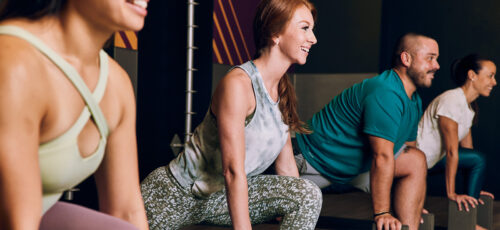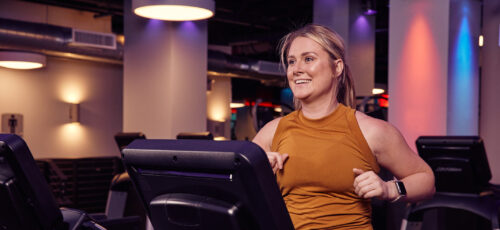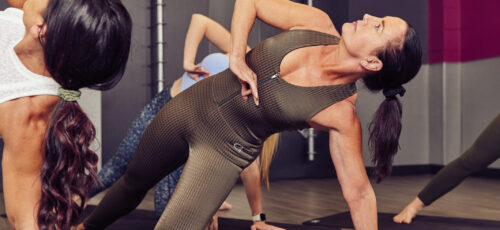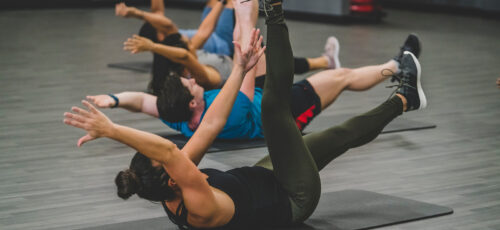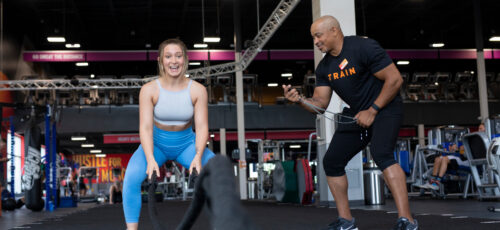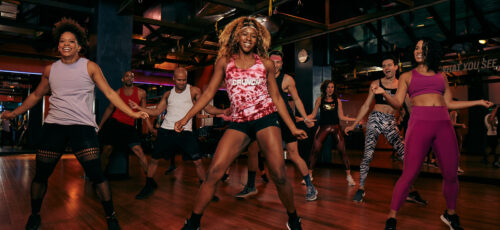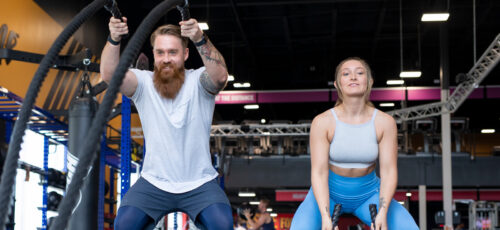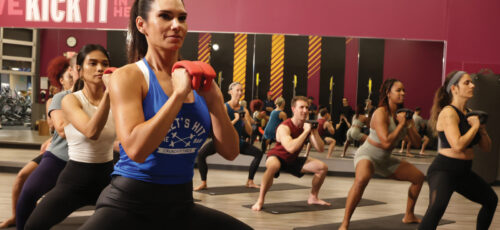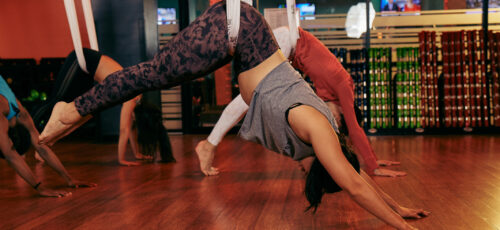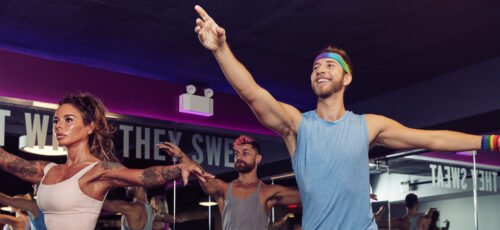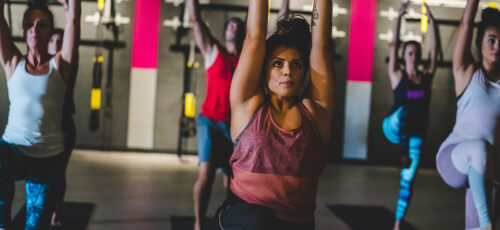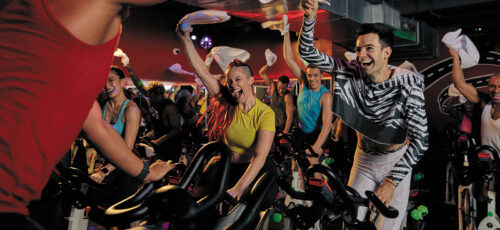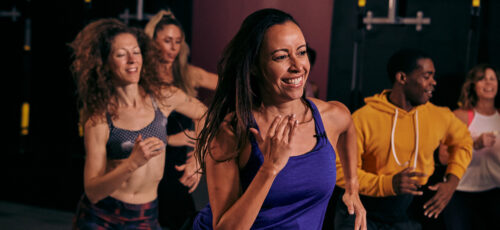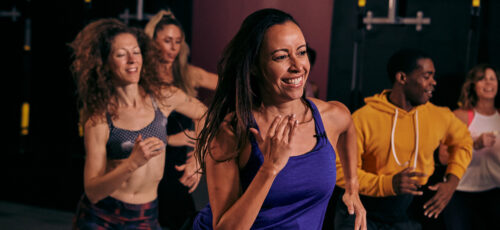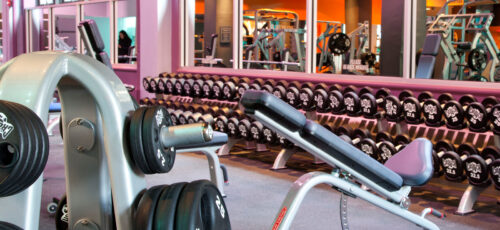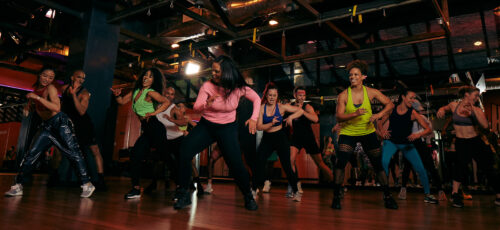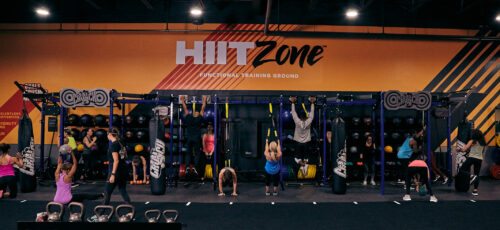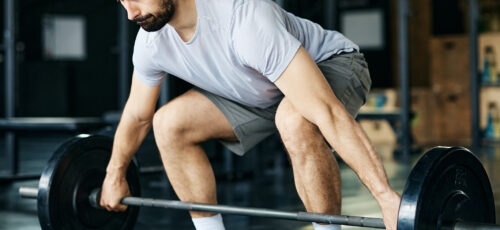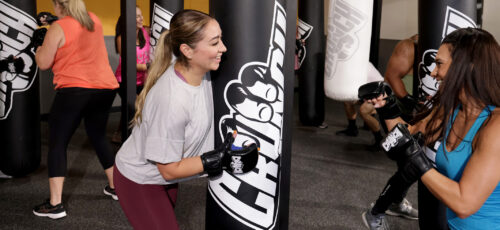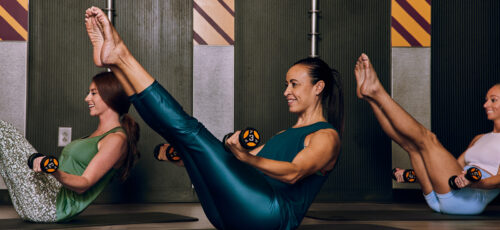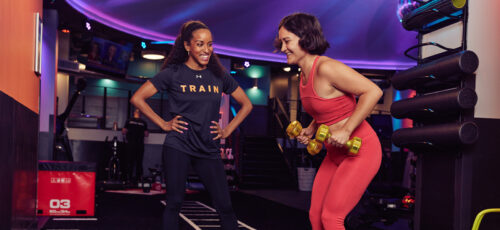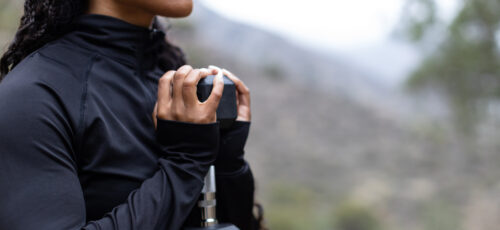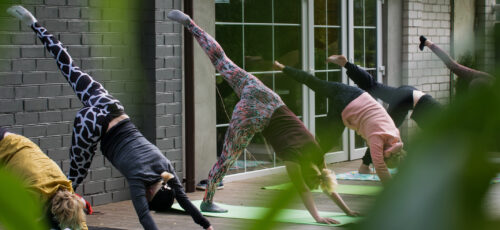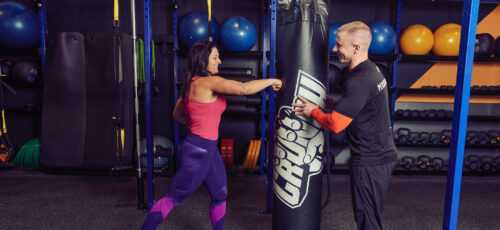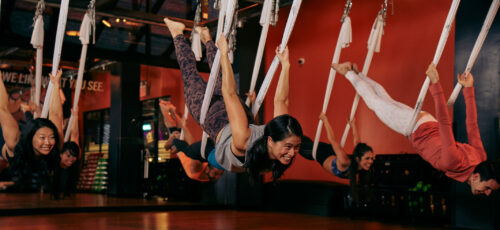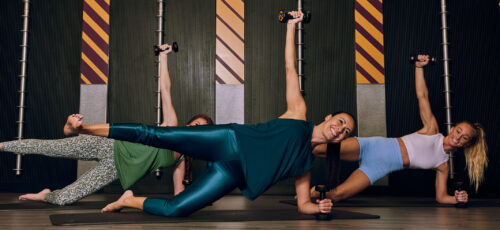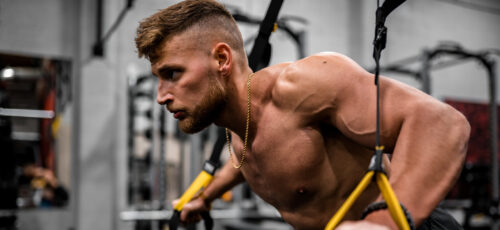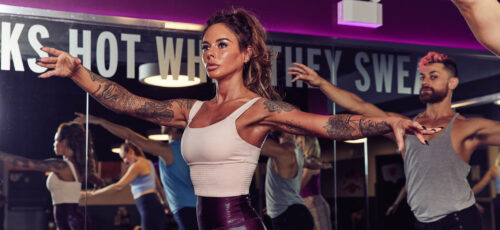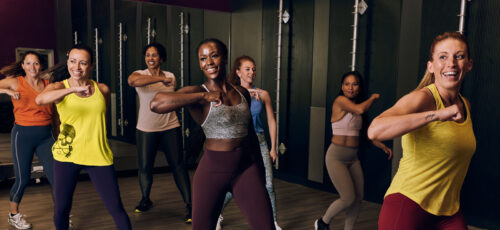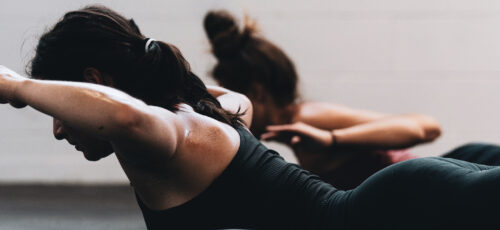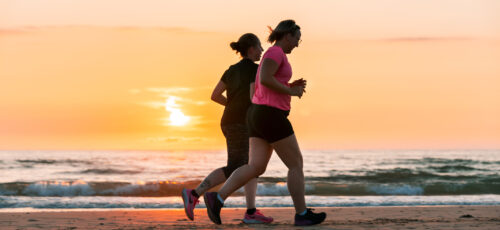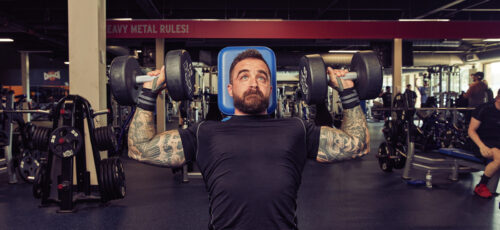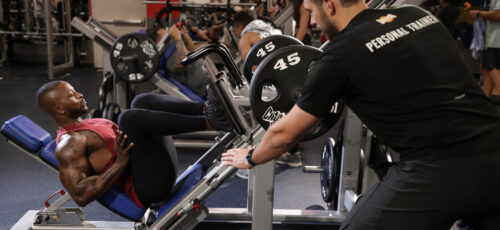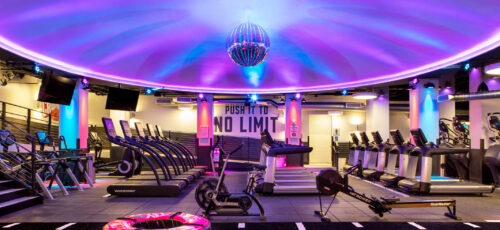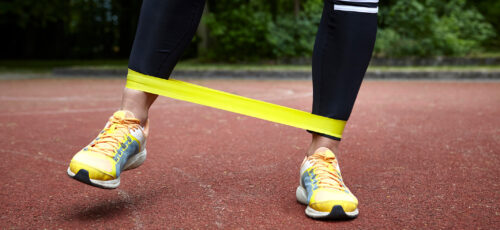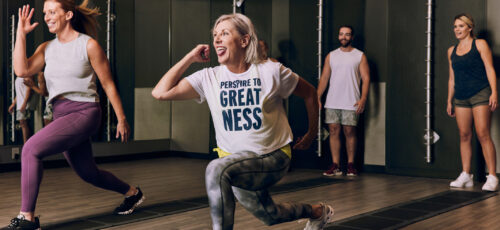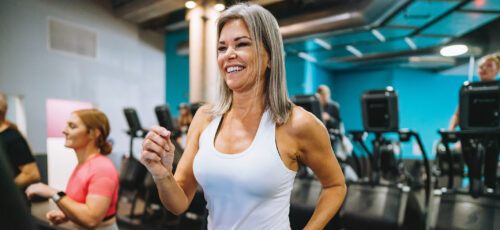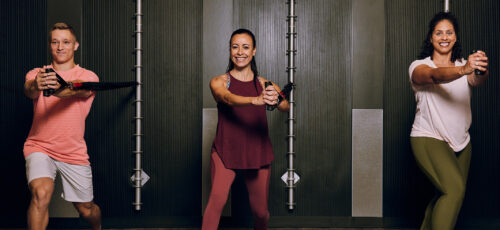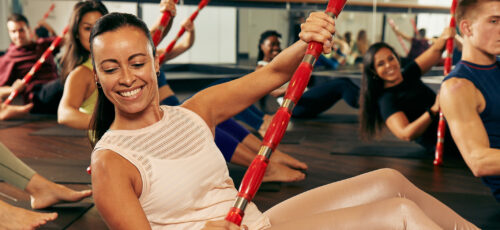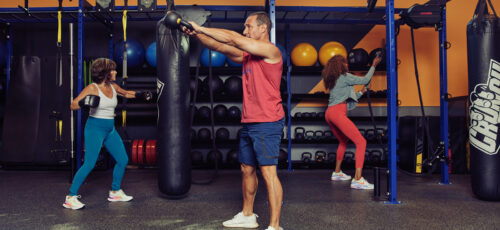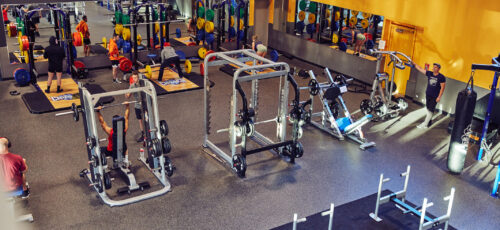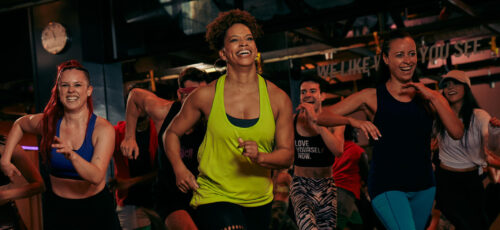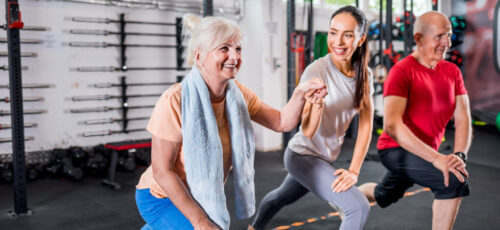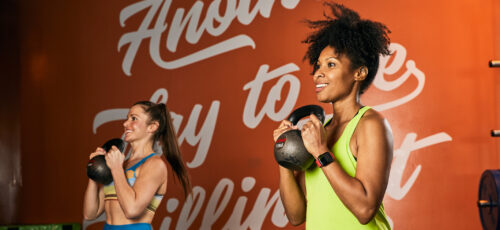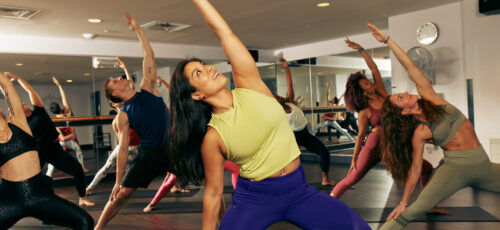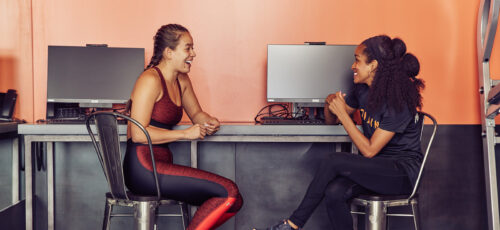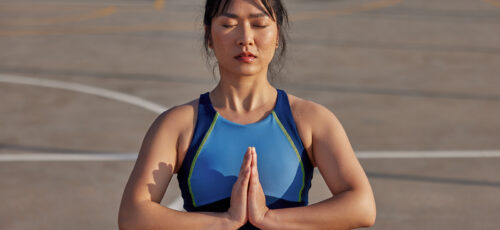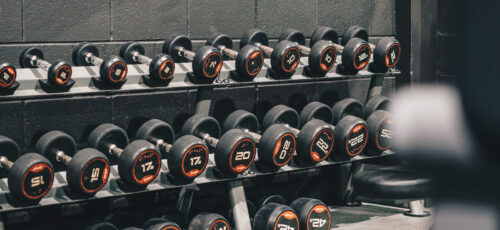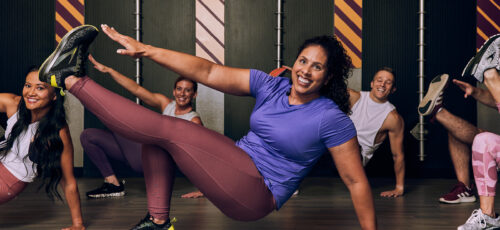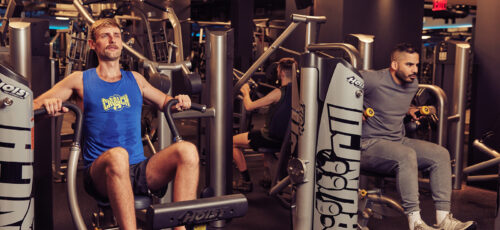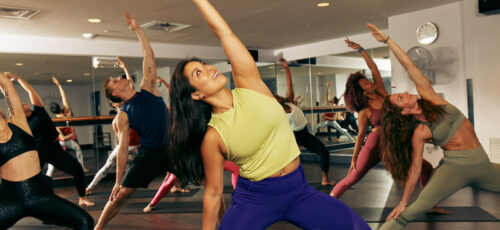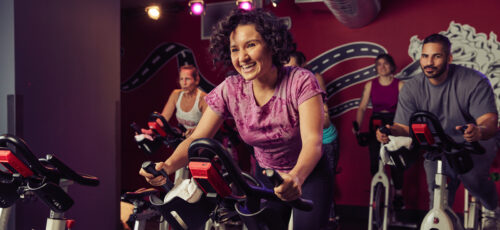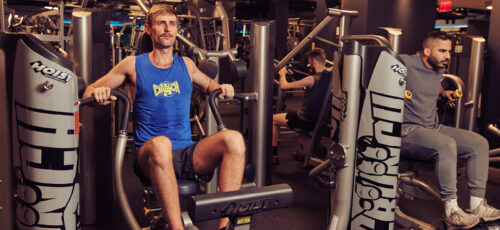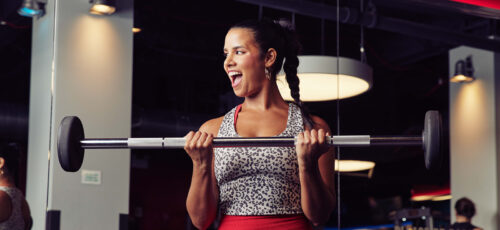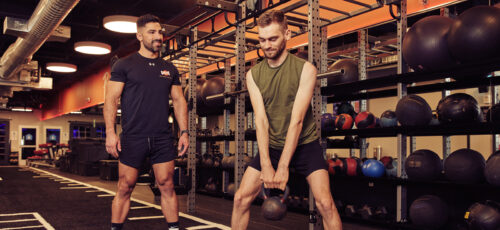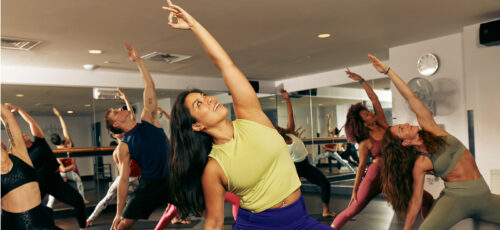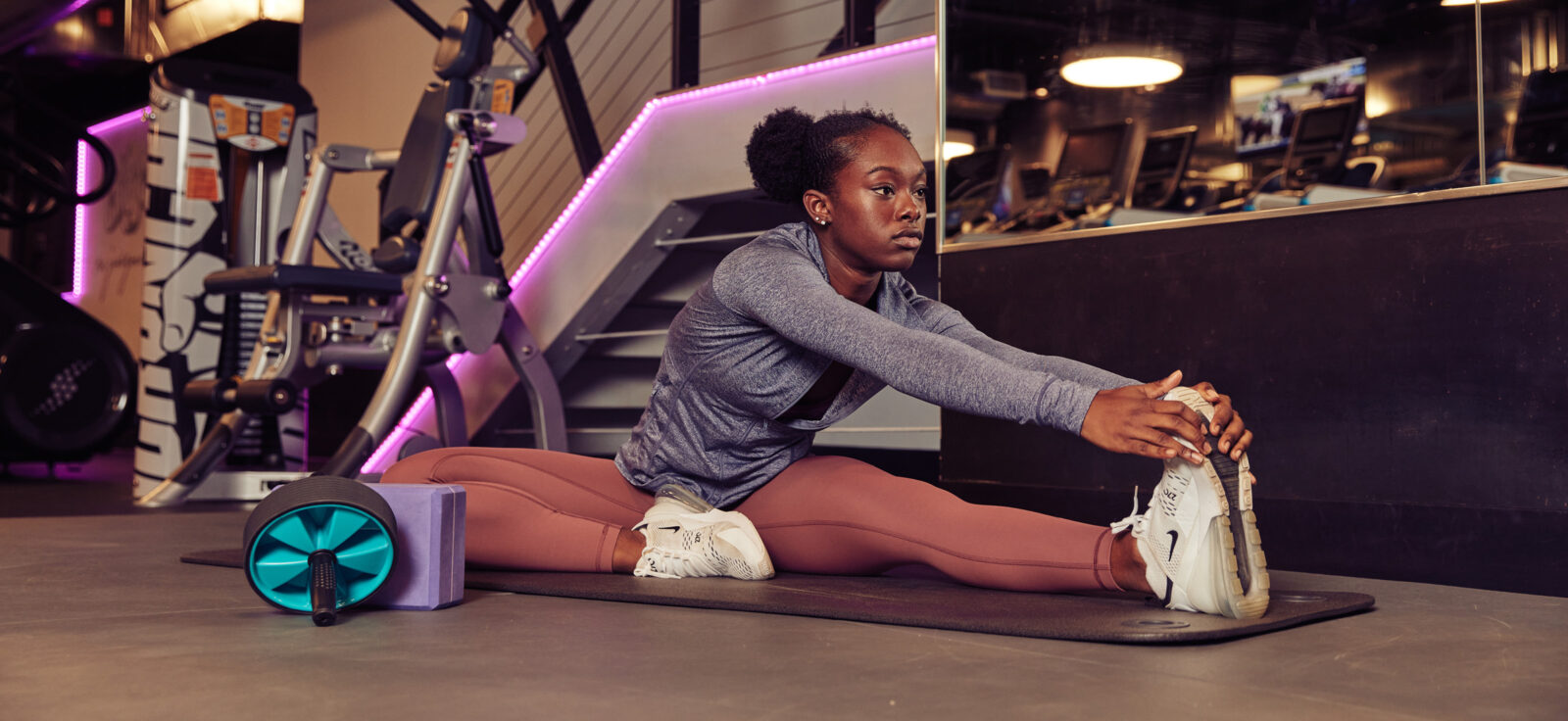
By Jason Schneider
Wow, that workout was insane! The coach pushed them to their max, they were dripping sweat and their muscles were quivering. The music has calmed and it’s time to stretch. Members start to gather their things and leave class saying that they’ll just skip the stretch and do it themselves later – which we all know rarely happens. So, what’s the big deal? They came for the sweat and got that in return, so why does it matter if they just skip the stretch?
Three simple reasons – participants:
- Decrease soreness
- Speed up recovery
- Improve performance for subsequent workouts
Who wouldn’t want to hurt less, recover faster, and improve performance?
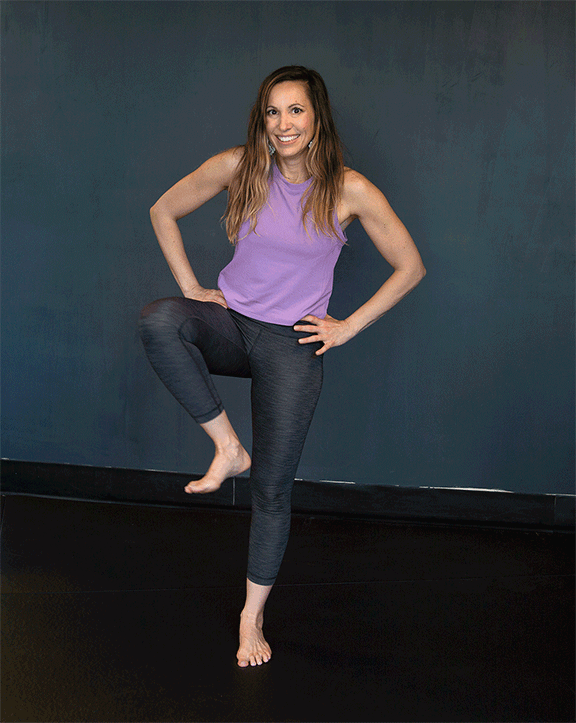
STATIC VS. DYNAMIC STRETCHING:
Following cardio, strength, or a HIIT workout, your body will be warm. If time allows, static stretching (stretches held for a period of time, usually 15-60 seconds), enables the body to gradually slow down and return to homeostasis, which is our body’s natural functioning mode. But often, time is tight and instructors choose dynamic and active stretches that incorporate light multi-joint movement and flexibility.
When choosing go-to cool-down stretches, you must first consider the exercise and intensity you just did as it will dictate some areas of the body and movement where you’ll want to focus. For instance:
Cycling, while low impact, requires a great deal of effort in a very limited range of movement. Therefore, focus on the stretches that counteract the muscles and mechanics that are the most stressed during the class.
- Forward fold to stretch the glutes and hamstrings into back extensions to counter 45 minutes of forward flexion while riding.
- Knee-to-chest stretches glute, hamstring, and groin muscles into the heel, stretching the hip flexors and quads.
- Trunk rotations with arms alternating from overhead “Y” to shoulder-height “T.”
If the class offered lots of multi-directional movements, then consider a more full-body approach, with exercises that offer multiple benefits:
- Low runners lunge with a twist (also known as the World’s Greatest Stretch) into a deep hamstring stretch (i.e. Pyramid Pose in yoga).
- Standing tall, lateral stretches (hands over head, grab one wrist and gently pull the body into a crescent shape).
- Come back to a neutral stance and bring the same arm, shoulder height, across the body for a tricep/read deltoid stretch.
- Keep the shoulder blades down and the shoulder as far away from the ear as possible.
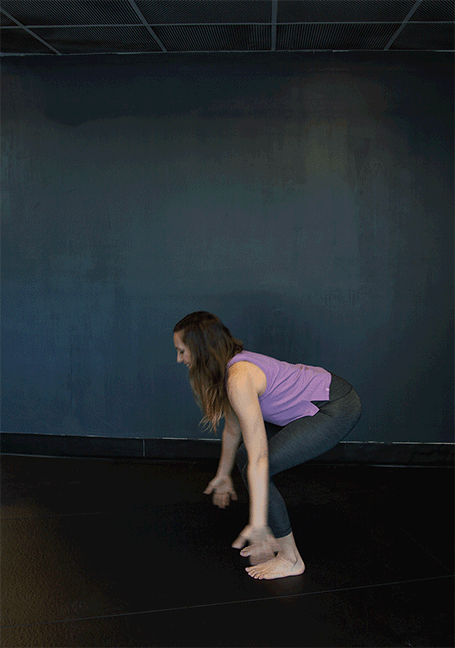
- The psoas muscles are the biggest culprits of lower back pain, especially if you sit for long periods of time for work or throughout your day since these big muscles run from the lumbar (lower) spine through the groin and attach to the top of the femur (leg bone).
- As you exercise and your muscles tighten, you increase your risk of lower back pain and injury. Taking the time to do some kneeling lunges stretches will help to loosen and lengthen those tight muscles.
- With one knee down and the other knee up, in front of you, drop the tailbone towards the floor and lift the front hipbones towards the belly button (imagine you are scooping your pelvis under, slightly).
- Then gently lean the front knee forward. Keep the spine upright (there should not be any pinching or pain in the lower back. If so, back off some).
- To add more length to this stretch, raise the arm on the same side as the grounded knee and reach laterally, stretching from the grounded knee through the tips of the fingers. Be sure to take long, slow breaths.
DON’T FORGET THE SMALL GUYS!
We’re often so focused on stretching our biggest muscles (quads, hamstrings, shoulders, back, and chest) that we forget some of the smaller muscles that were worked, non-stop, but were never the star. I’m talking about the feet, calves, hands, and forearms. While extremely strong, these muscles are often overly tight and cause chronic pain.
- Take the time to stand on a step or bottom brace of a bike to drop the heels and stretch out the calves.
- Interlace the fingers and invert the palms up towards the ceiling.
- Rock from the tip-toes to the heels, pulling the toes up towards the shins. Repeat and repeat. (This is best done with shoes off.)
- In a table-top position (on all fours with palms flat on the ground), invert the fingers back towards the knees. Gently rock back and forth. Turn the fingers out to the sides (laterally) and rock gently from side to side.
FAVE FIVE:
If allows, there are 5 stretches that will give you a nice full-body stretch, improve flexibility, and speed up that recovery!
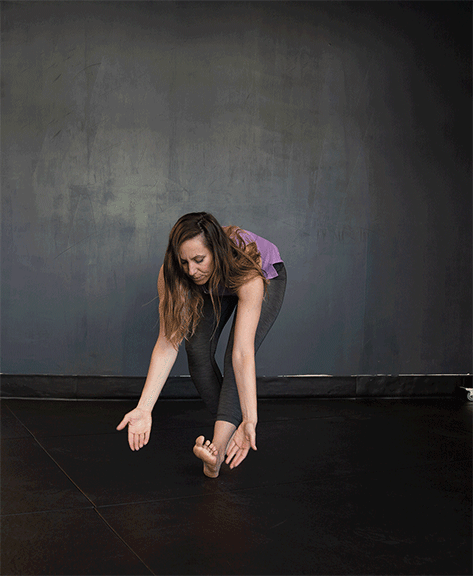
- Standing tall, shift weight into the left leg and raise the right knee to the chest. Kick the heel back towards your butt, grab the ankle, or use a towel wrapped around your ankle for that deep quad stretch. With the same leg, kick the heel out laterally, then sweep across the body (in front of your standing leg). This doesn’t have to be a big movement – just small sweeps from side to side.
- On hands and knees (spread as wide as your hips or a bit wider), shift the tailbone back and reach through the fingertips (child’s pose). Hold for 5-10 deep breaths, then walk the hands forward bringing your belly to the ground. Elbows directly under the shoulders, lift through the heart, and reach through the toes (Sphynx). Squeeze legs and glutes into the midline. Hold 5-10 slow breaths. Repeat each again.
- Kneeling position, one leg forward, shift forward for the psoas stretch (noted above), and then shift the hips back for a deep forward fold over the extended leg. For many, this will be very tight and have blocks (or even dumbbells, turned on their side) for support/balance. Repeat 3-5 times, deep inhale as you move, and deep exhale into each stretch.
- Down Dog, when done properly, is one of the best full-body stretches, from the hands, forearms, back, hips, hamstring, calves, and feet.
- Standing position, feet about hip-width apart, clasp fingers and reach palms forward, rounding the spine as you exhale. Drop the shoulder and reach the shoulder blades down into your back pockets. This is a great stretch across the thoracic and lumbar spine and shoulders. Come back to neutral and reach the hands behind you – interlace the fingers again and try to bring the palms together. Deep breath and as you exhale, reach your heart and eyes to the sky as you reach your knuckles towards the floor. This is a great hip extension, heart, and chest opener.
A good stretching routine, both before and after classes, will help with performance, injury prevention, and recovery. And every little bit counts. If you only have a few minutes, then make the best of those few minutes versus skipping it altogether. Stretching is a cumulative effort and every time you do it, you are adding to the flexibility bank. So next time, think twice before grabbing your stuff and just running out. Those few minutes of stretching can save you a lot of pain down the road.
Jason Schneider is the West Coast / West Central Regional Group Fitness Manager at Crunch Fitness.
Crunch’s group fitness classes and personal trainers promote a culture of positivity, inclusivity, and fun with no judgments by providing an environment for all individuals regardless of their health and fitness goals. Find a Crunch gym near you to try our free trial membership, or join Crunch now. We’re here for you – at the gym or at home. Access the best live & on-demand workouts anytime, anywhere with Crunch+. Ready to get sweaty? Try hundreds of workouts for free! Start your free trial now!









